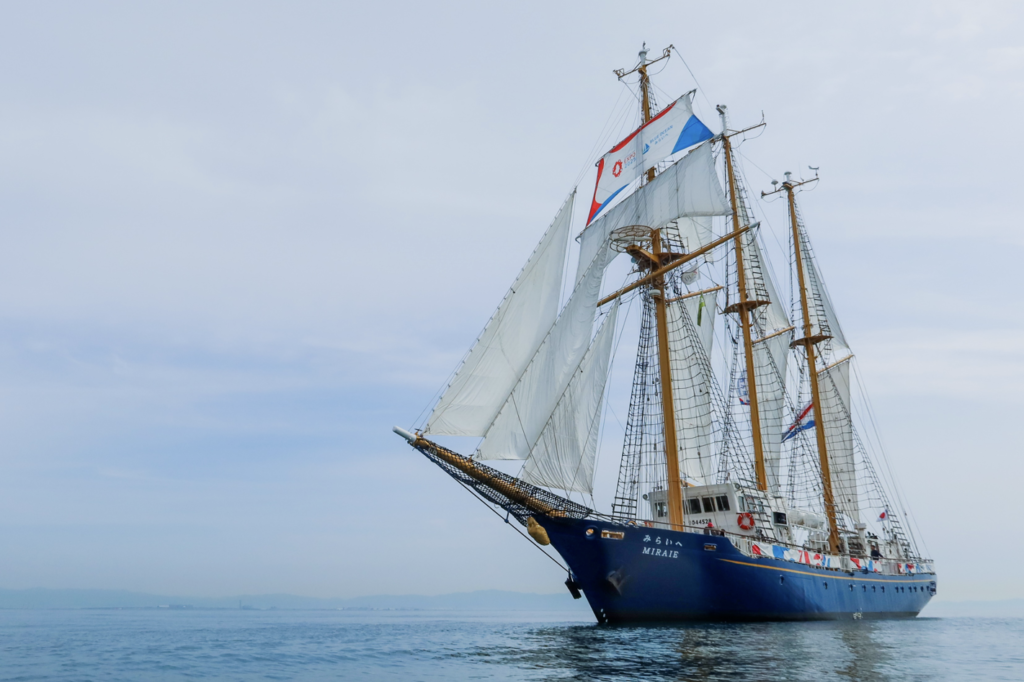
From April 21 (Mon) to 27 (Sun), we introduced various activities centered on the theme of “Future Marine Education.” The Sasakawa Peace Foundation, a public interest incorporated foundation promoting and supporting marine education, and ZERI JAPAN are proposing new ways to engage with the ocean through diverse programs such as sail training, community-based marine education, cultural heritage preservation, and coral reef conservation.
Sailing Toward the Blue Ocean ~Sail Training to Create the Future~
On April 21 (Mon), we held a four-part lecture series. In the first part, we introduced the activities of the international sail training organization “Sail Training International (STI),” highlighting its track record in hosting international sailing races and its nomination for the Nobel Peace Prize. Mr. Mamoru TOMOANE, Chairman of ISPA Japan, the Japanese representative organization, spoke about the significance of expanding youth-led programs, saying, “Sail training leads to the development of human resources who can play an active role in the international community.” In the second part, Mr. Robert Sendoh, founder of ISPA Japan, introduced the philosophy and background of the Young Mariner Program. The special guest speaker was Inna Ilyina, who has participated in the program and is the director of the Ukraine Pavilion. She spoke about the insights she gained through cross-cultural exchange through sail training and the importance of solidarity among young people.
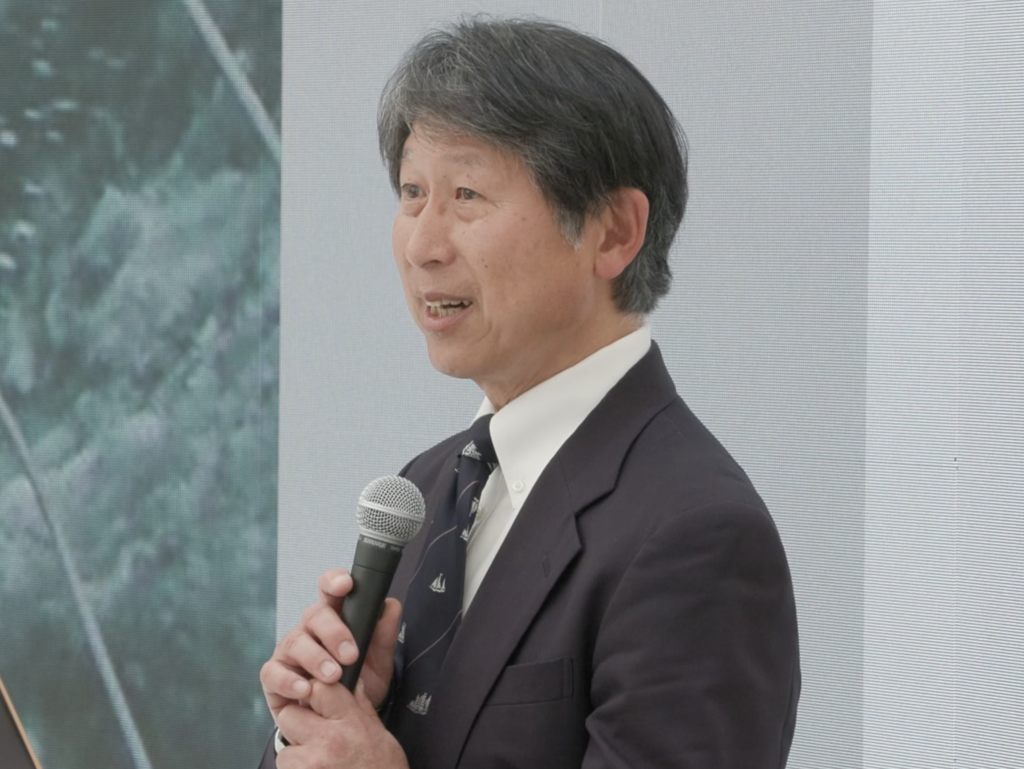
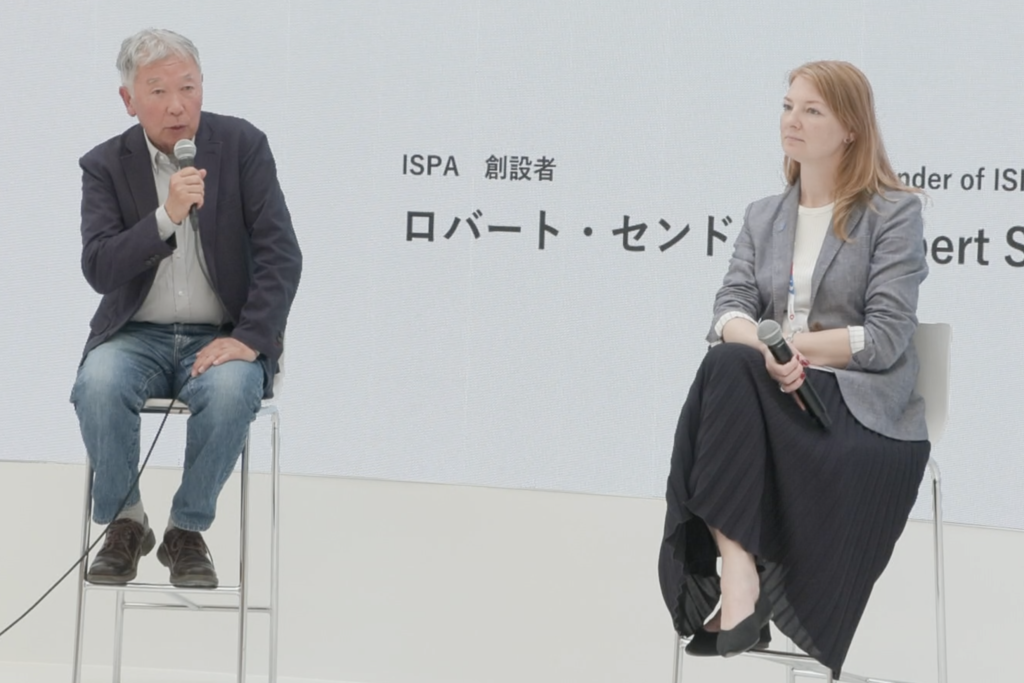
In the third part, Tomohisa Ohara, Special Advisor at the Sasakawa Peace Foundation’s Marine Policy Institute, demonstrated the potential of sail training as marine education. Mr. Ohara emphasized the value of sail training as “adventure education,” which fosters respect for nature, self-understanding, and cooperation through the experience of being on a ship. In the fourth part, Mr. Daiki Kawamoto, captain of the sailing ship “Blue Ocean MIRAIE,” and Mr. Ryo Katayama from the secretariat took the stage. They introduced Osaka Municipal Toyosaki Elementary School’s school trip as an example of marine environmental learning and reported on the process by which children learn independence and teamwork. Additionally, Ms. Nakako Sakamoto of Reconnect Co., Ltd. introduced a two-night, three-day training program for adults and emphasized that extraordinary experiences promote internal change.
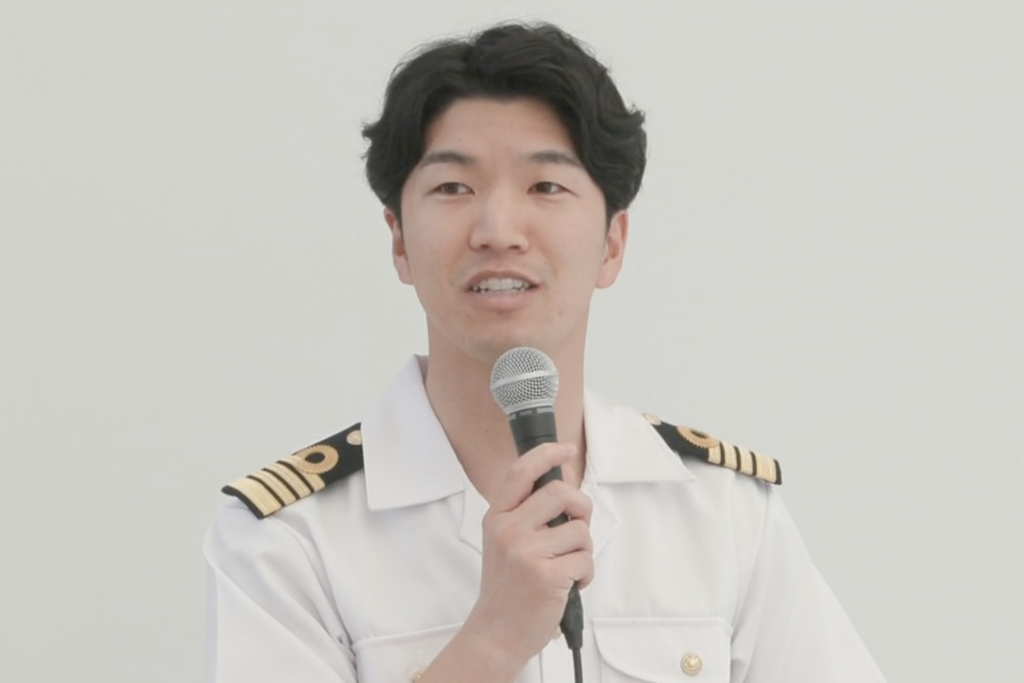
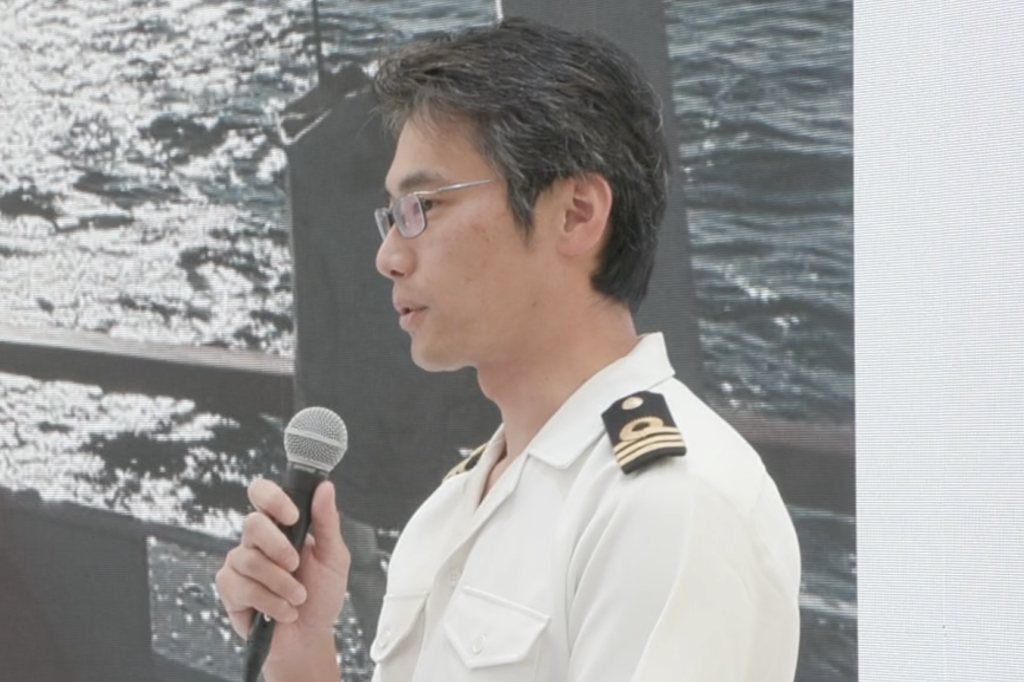
SATOUMI and Sustainable Marine Education: Practical Examples from Hannan City
On Tuesday, April 22, we introduced initiatives to foster sustainable learning while protecting the local natural environment, based on practical examples from Hannan City, Osaka. In the first part, Mr. Makoto Joko, mayor of Hannan City, took the stage and shared information on diverse learning opportunities tailored to different age groups, such as marine education implemented in all elementary schools in Hannan City and “Hannan Sea School” for junior high school students and above, as part of sustainable town development that coexists with the sea as a “satoumi” (coastal area). In the second session, Mr. Masato Morikawa, Deputy Director of the Marine Environment Division, Water and Air Environment Bureau, Ministry of the Environment, presented strategies for promoting “Satoumi Development in the Reiwa Era,” emphasizing the significance of Satoumi development through the enhancement of scientific knowledge and the creation of platforms for information sharing.
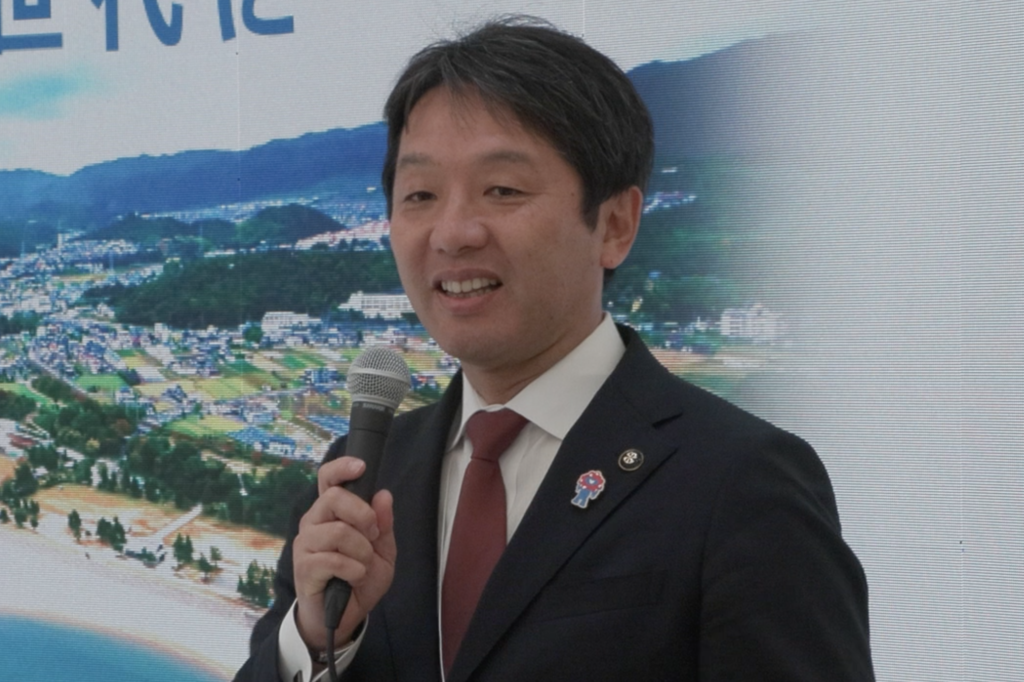
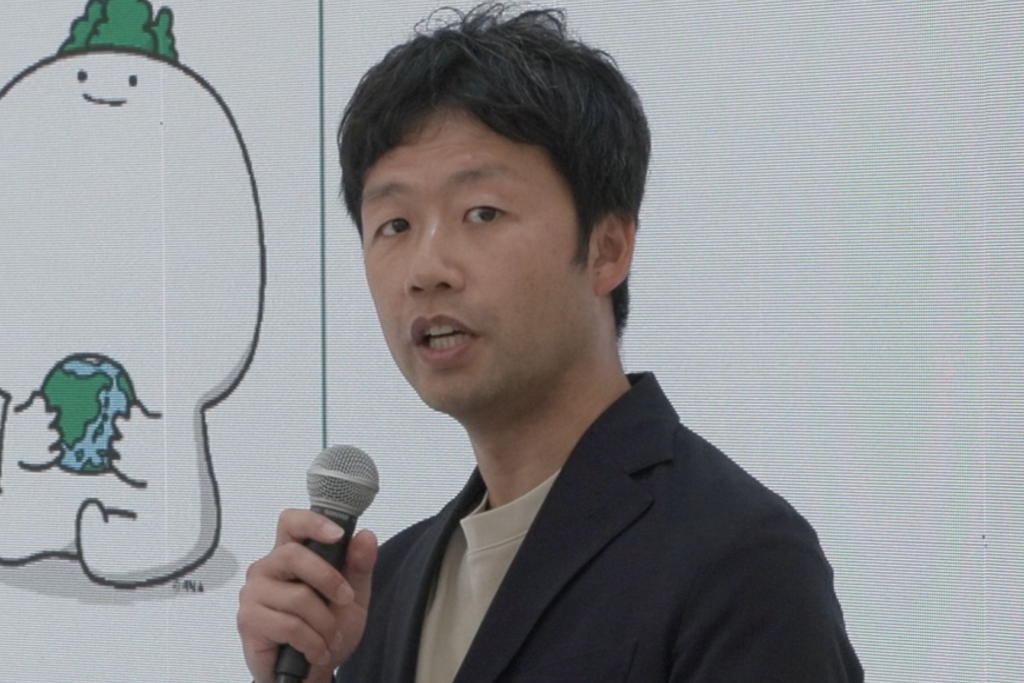
In the third session, Mr. Hironori Higashi, Senior Researcher at the National Institute for Environmental Studies, introduced “digital twin technology” for visualizing marine conditions. This technology is expected to be utilized in educational settings and is attracting attention as a tool for deepening citizens’ interest and understanding of the marine environment. In the fourth part, Ms. Chika Yamada, a specialist at the Marine and Environmental Division of the Port and Harbor Bureau, Ministry of Land, Infrastructure, Transport and Tourism, explained the utilization of “blue carbon,” which is the absorption of CO₂ by seaweed and algae, and mentioned its potential for achieving carbon neutrality.
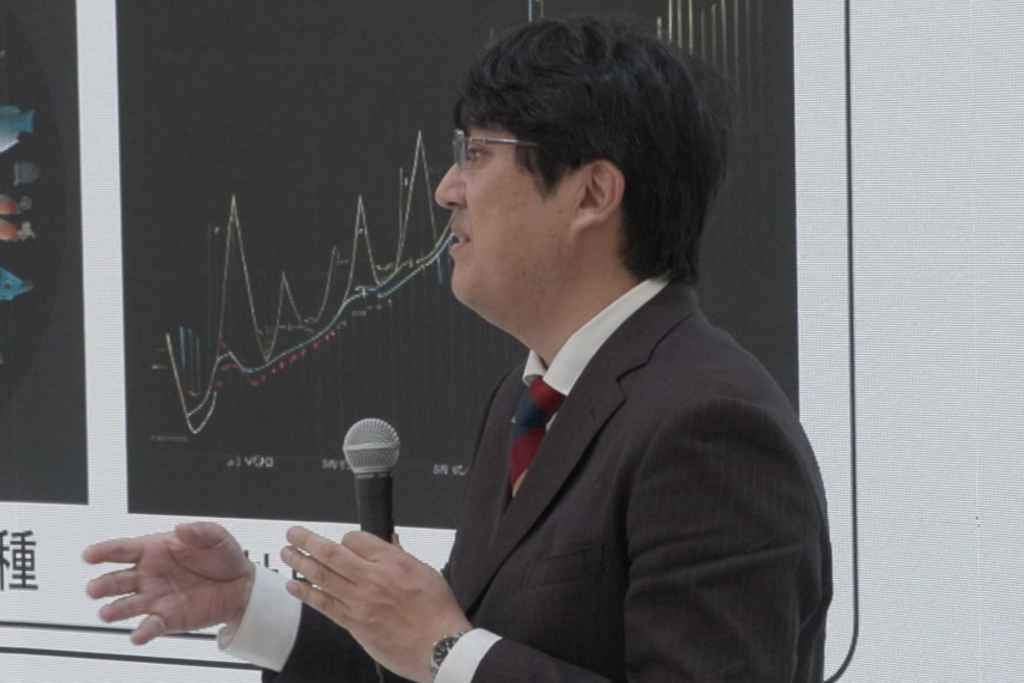
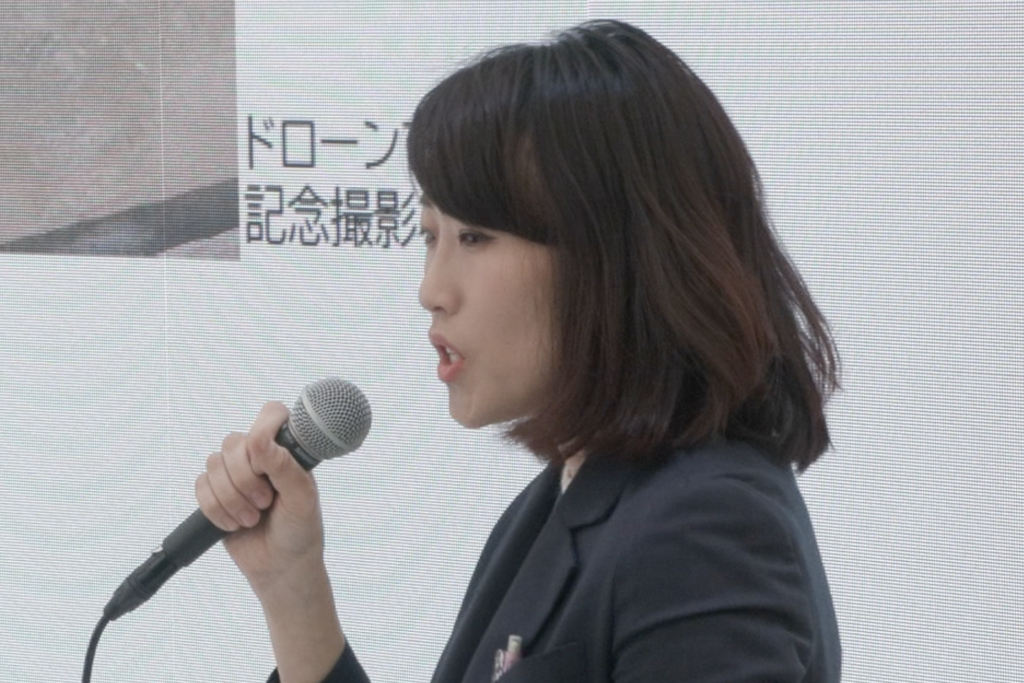
In the latter half of each part, a talk session was held with Katsumi Iwai, a supervisor of the Marine Learning Experience Activities Council. Sakai City, where marine restoration and education for the next generation intersect, is beginning to play a role as a model case for marine education nationwide.
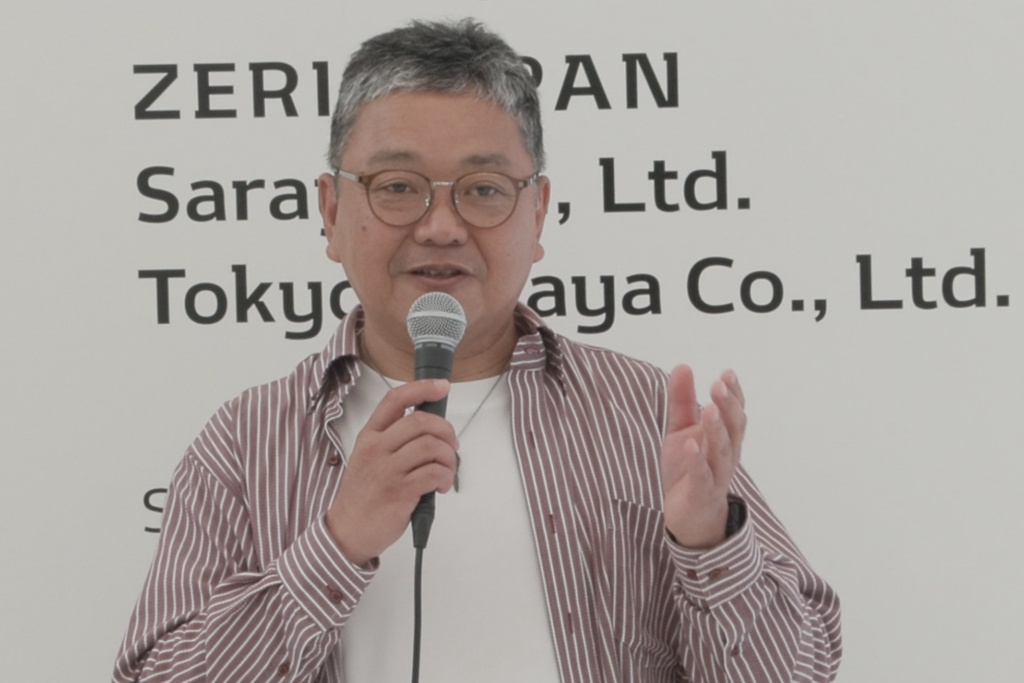
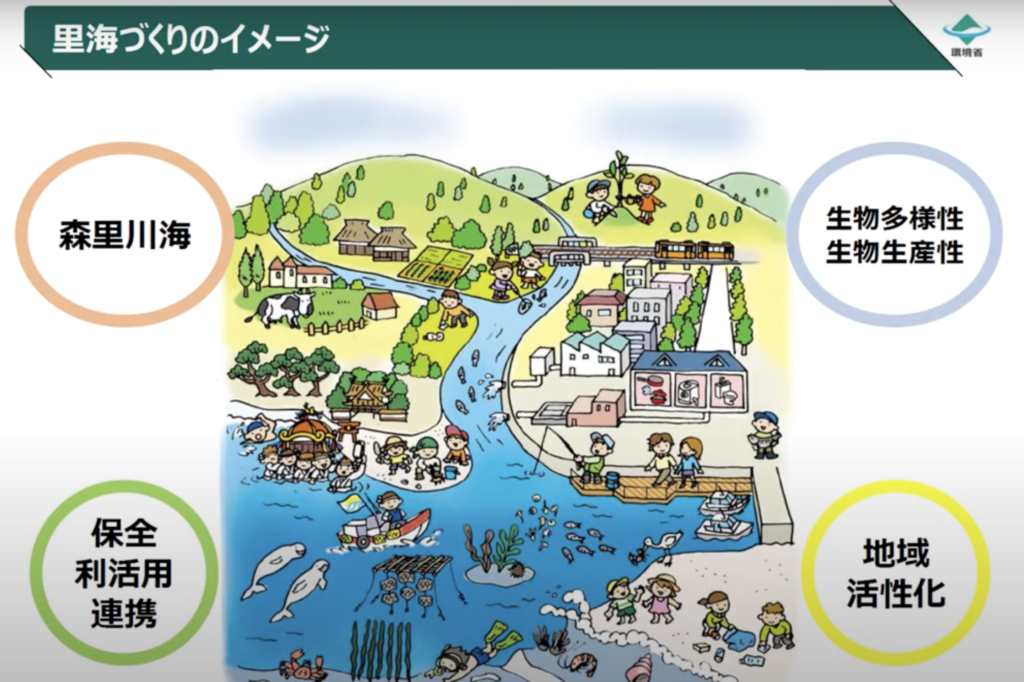
Connecting the Memory of the Sea to the Future: Creating New Value in Marine Cultural Heritage with Citizens
On Wednesday, April 23, we introduced a project to rediscover the value of underwater ruins and war relics submerged in the sea, and to connect that memory to the future with the citizens. Professor Tatsuya Nakata of Kobe University, who leads the project, discussed its background and the significance of citizen participation. Following this, Research Fellow Chihiro Nishikawa of Kobe University introduced a message from the Intergovernmental Oceanographic Commission (IOC-UNESCO) of UNESCO, highlighting the growing international support for such initiatives. Underwater photographer Hiroyuki Tomura showed photographs of ships that sank during the Pacific War and conveyed the dignity of the sunken ships from the traces of life left behind.
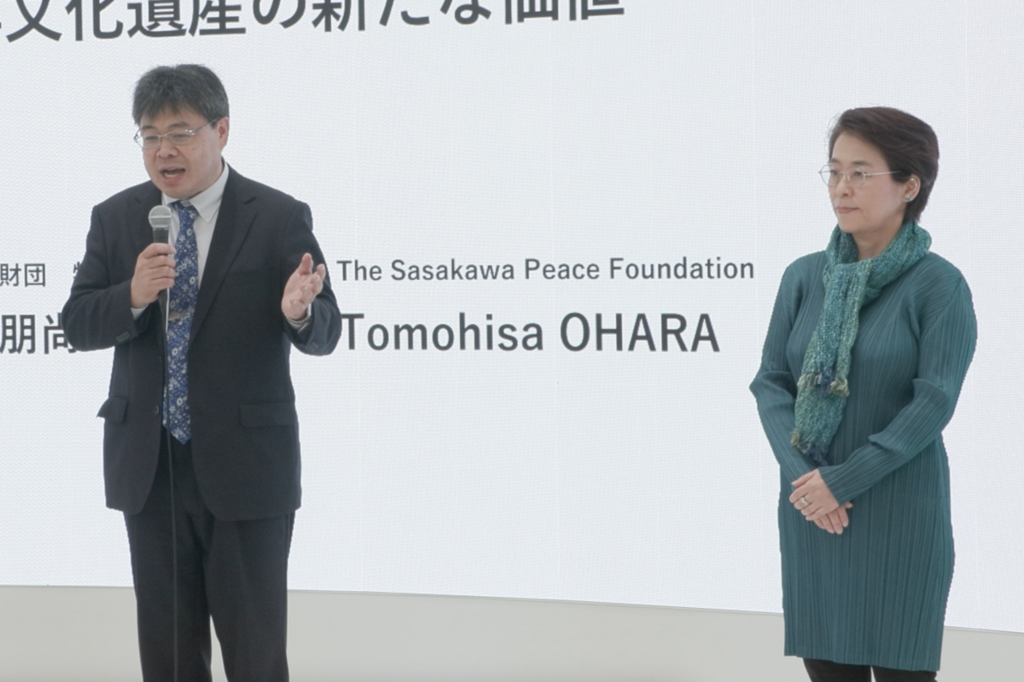
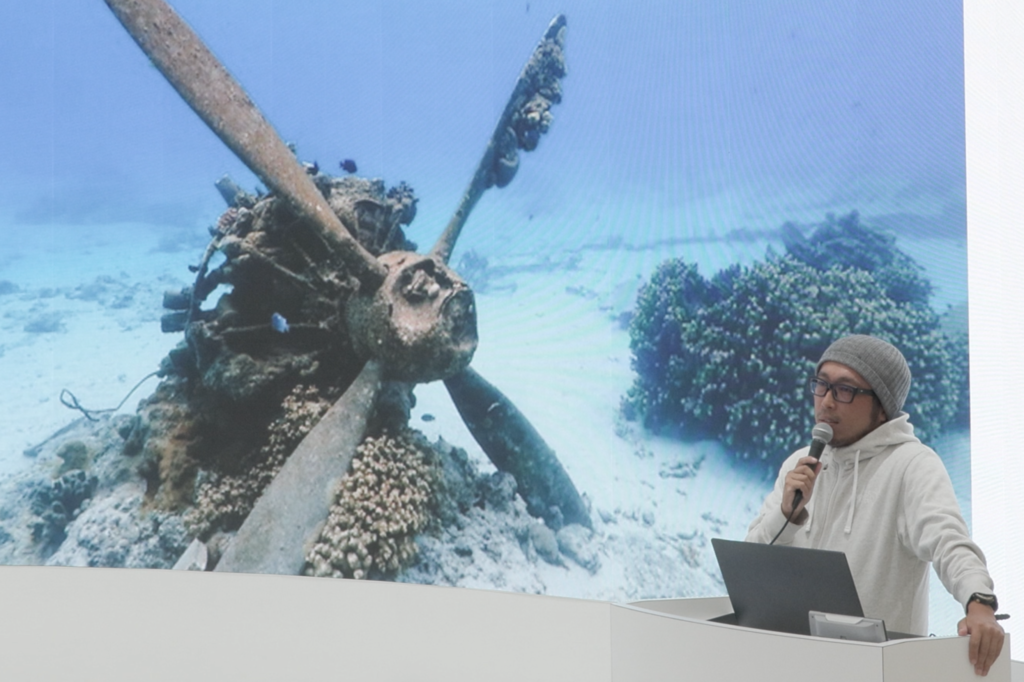
Randei Sasaki, Associate Professor at Teikyo University, explained the historical significance of marine cultural heritage from the perspective of underwater archaeology. Based on Associate Professor Jun Kimura of Tokai University’s suggestion of the possibility of a “Underwater Ruins Museum” that would open underwater ruins to the public, a talk session was held with members of the project’s citizen group, presenting the possibility of collaborating between citizens and experts to uncover the value of cultural heritage lying dormant on the seabed and connect it to the future.

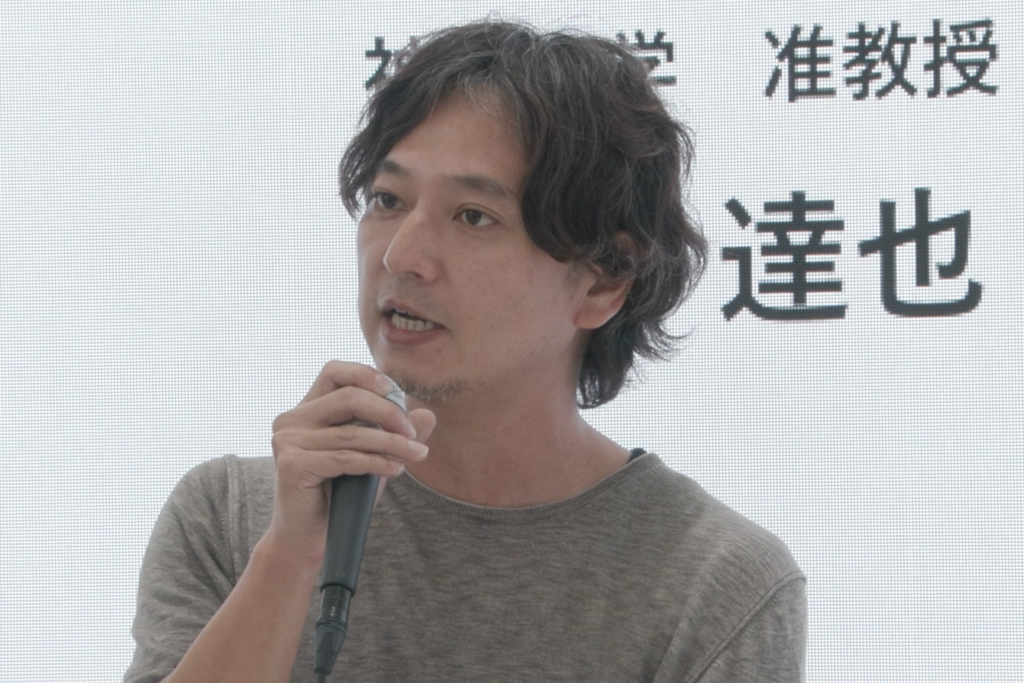
The Future of Coral Reefs: A Journey to the Blue Ocean with SceNERIUM
From April 24 (Thu) to 25 (Fri), the Kikai Island Coral Reef Science Institute used the dome-shaped “SceNERIUM” space, where screens extend 360 degrees, to communicate the importance of coral reefs and the necessity of their protection under the theme of “The Future of Coral Reefs.”
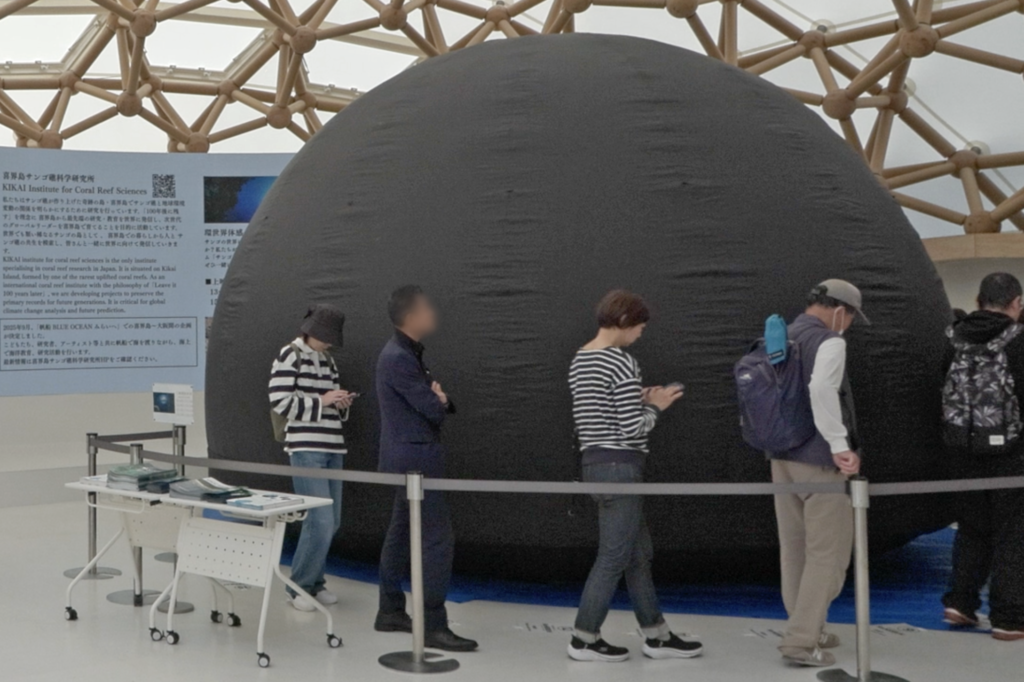
Workshop participants lay down inside the dome, immersing themselves in the beautiful world of the ocean and coral reefs, and had the opportunity to reflect on the coexistence of humans and coral reefs through experiential learning.
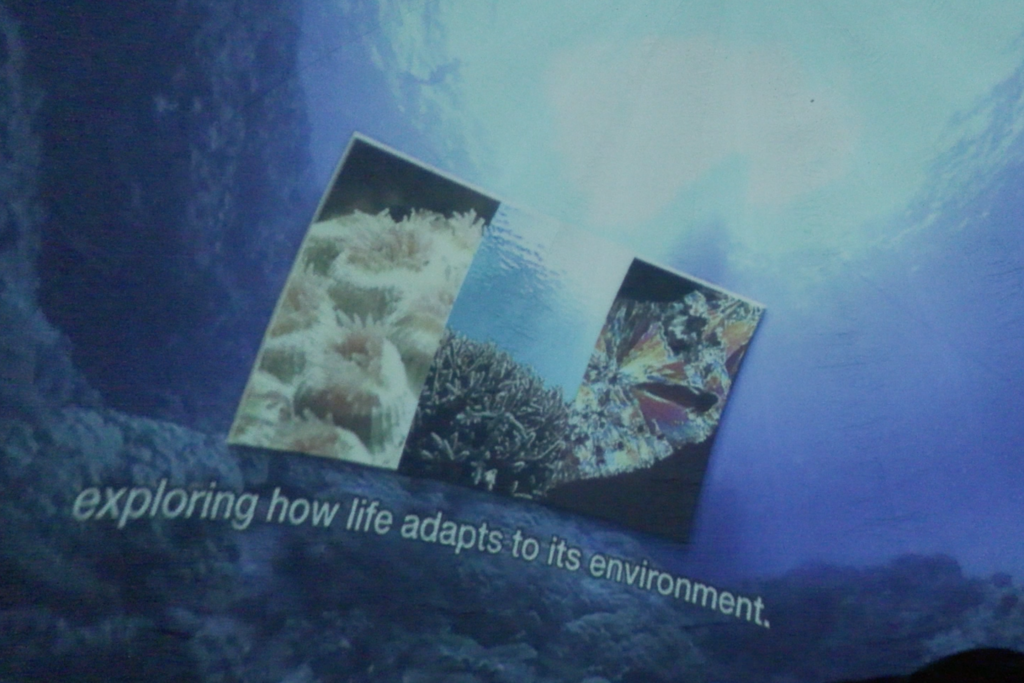
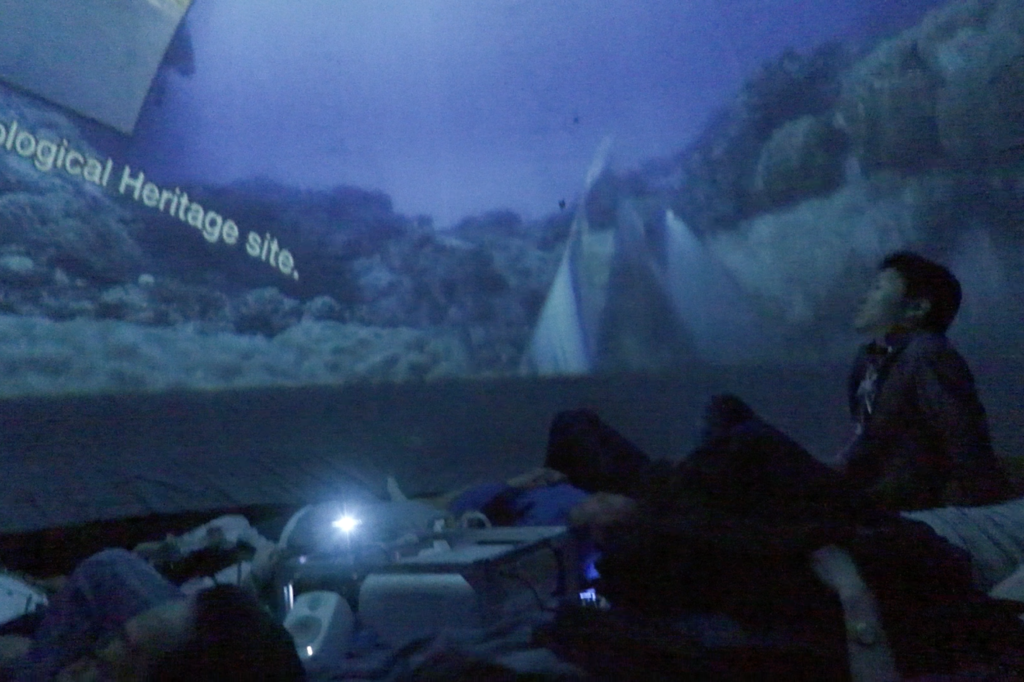
The Future of Coral and the Sea ~ Learning, Protecting, and Connecting Through the Coral Academy ~
On Saturday, April 26, the first half of the event featured a talk session with Mr. Tsuyoshi Watanabe, Director of the Kikai Island Coral Reef Science Institute; Mr. Juichi Yamagiwa, Director of the Earth Environment Research Institute; and Mr. Atsushi Watanabe, Director of the Sasakawa Peace Foundation Marine Policy Institute, discussing the ecology and charm of coral reefs. The “KIKAI College” program offered by the Kikai Island Coral Reef Science Institute is a valuable educational program that explores the relationship between humans and the Earth’s environment, using Kikai Island as its setting.
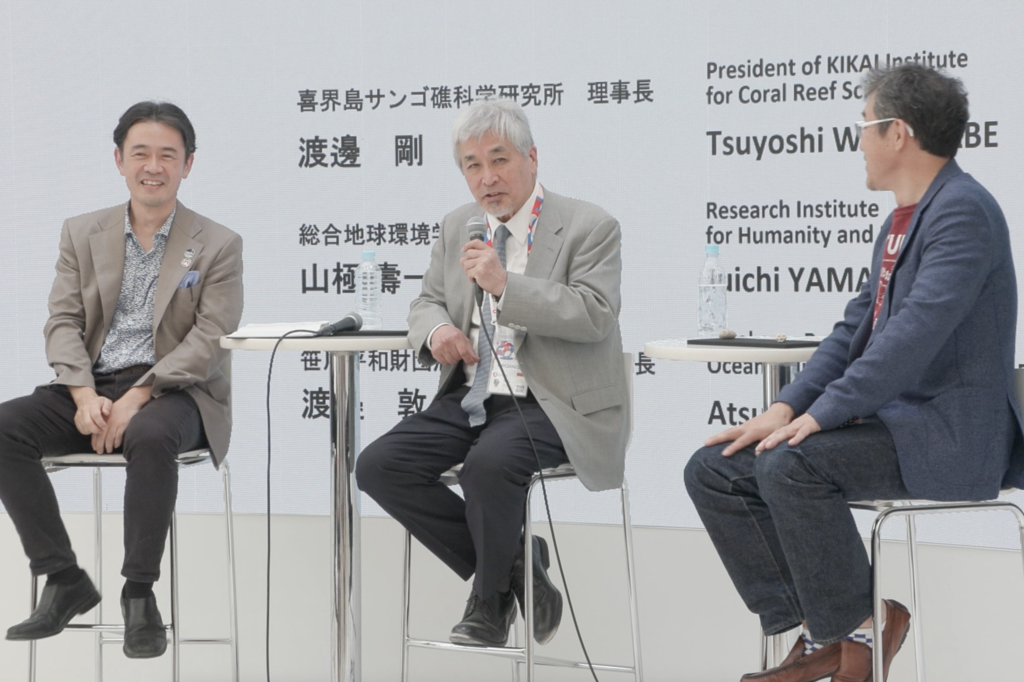
In the latter half of the event, Mr. Tsuyoshi Watanabe introduced the “Coral Reef Academy,” followed by a workshop led by director Emiko Yamashita, where participants physically expressed the activities of coral reefs. Finally, the event mentioned the “Declaration of Life” proposed at the 2025 Osaka-Kansai Expo and the large-scale project “Ark of Coral,” which aims to sail to the Expo venue, sharing a message about a future where humans and nature coexist.
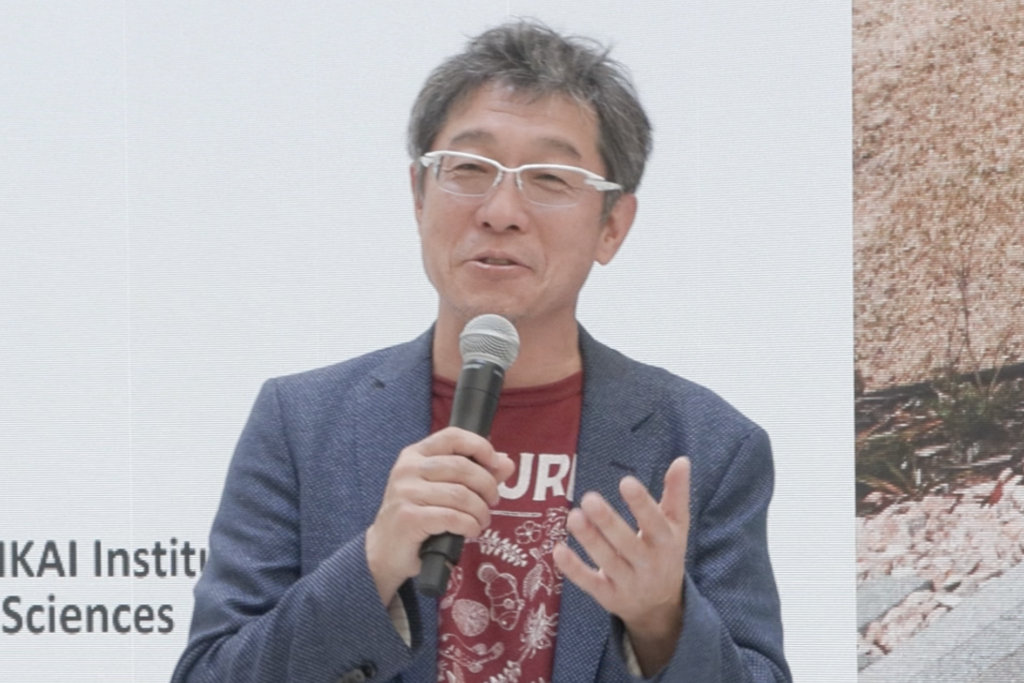
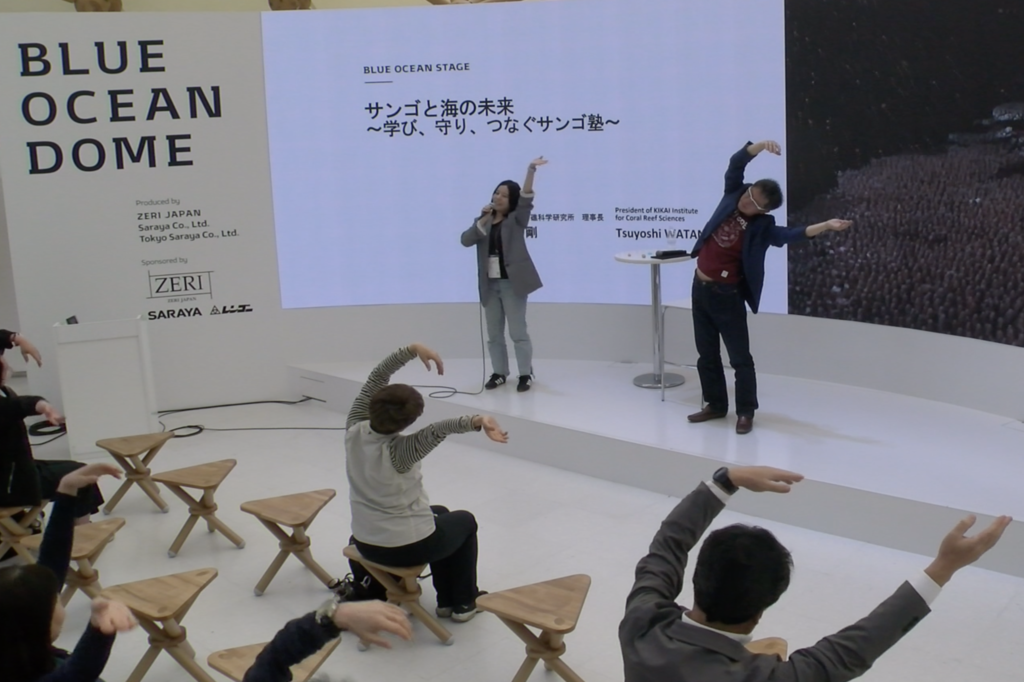
Sailing to the Blue Ocean: Environmental Conservation and International Exchange through Sailing
On the final day of the week-long event, Mr. Hajime Nitta, an offshore yacht racer and director of the Japan Palau Youth Sailing Club, and Mr. Ohara from the Sasakawa Peace Foundation, a public interest incorporated foundation, took the stage.
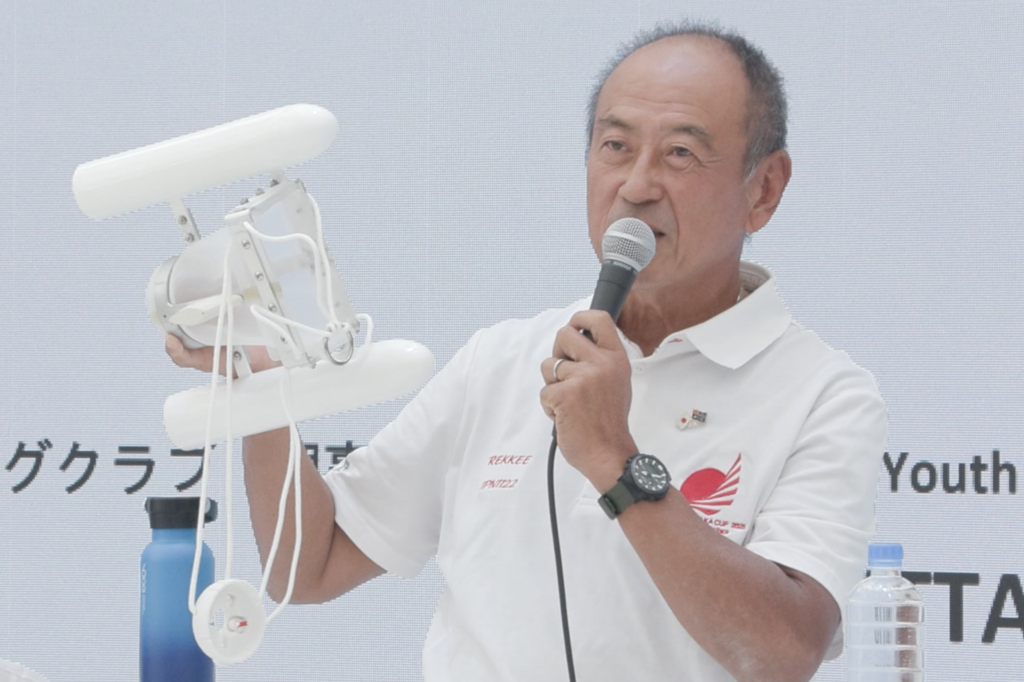
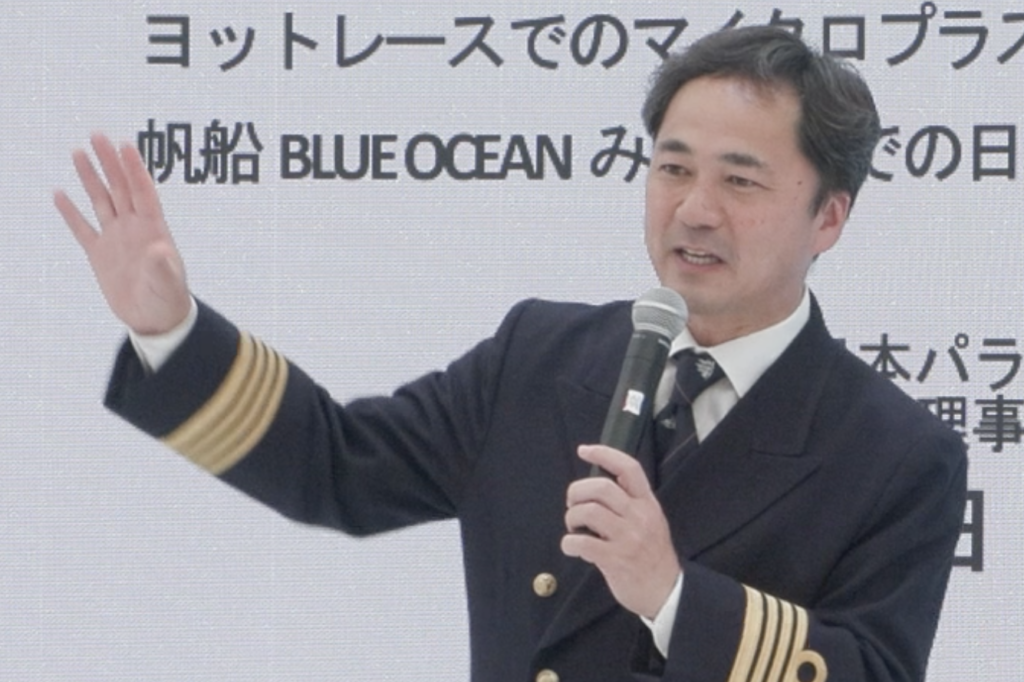
The Sasakawa Peace Foundation promotes international exchange and human resource development through sailing. The foundation held a hands-on program in which 20 young people sailed from Yokohama to the Republic of Palau, and conducted a microplastic dispersion distribution survey in collaboration with the Japan Agency for Marine-Earth Science and Technology (JAMSTEC). Going forward, the foundation plans to continue its efforts to preserve the marine environment and build international friendships through marine education programs for the next generation conducted on the sailing ship “MIRAIE” and environmental surveys conducted during yacht races.
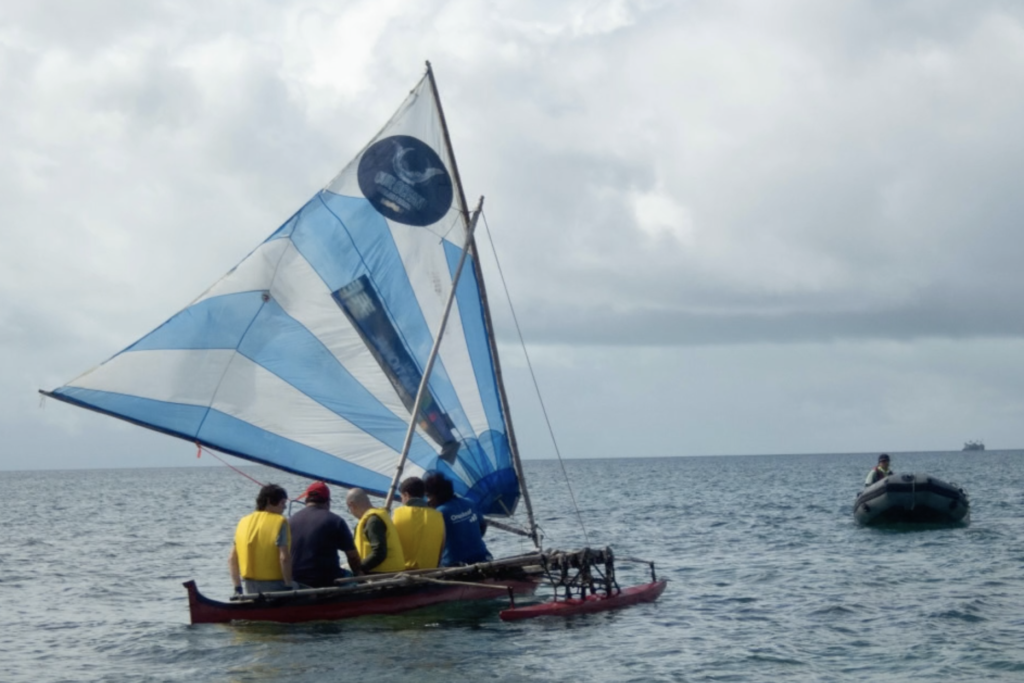
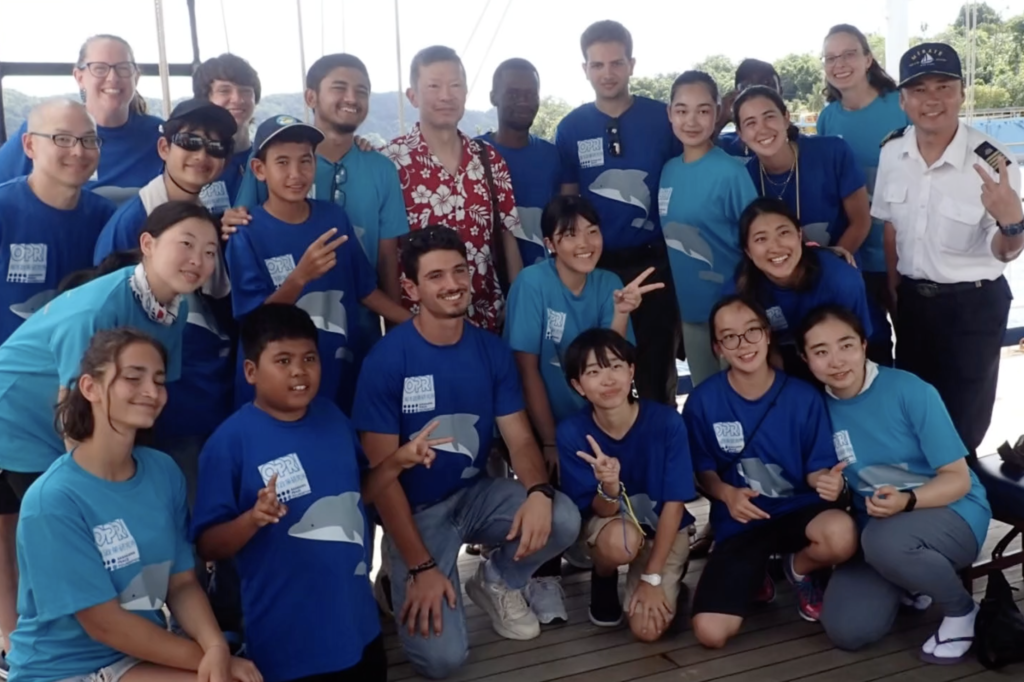
▼The event is available on YouTube’s “BLUE OCEAN DOME Official Channel.” Please take a look.
【#007】Voyage to the Blue Ocean: Sail Training to Create the Future Together (ZERI JAPAN/Sasakawa Peace Foundation)
【#008】SATOUMI and Sustainable Marine Education: Practical Examples from Hannan City (ZERI JAPAN/Sasakawa Peace Foundation)
【#009】Connecting the Memories of the Sea to the Future: Creating New Value in Marine Cultural Heritage with Citizens (ZERI JAPAN/Sasakawa Peace Foundation)
【#010】The Future of Coral Reefs: A Journey to the Blue Ocean with SceNERIUM (ZERI JAPAN/Sasakawa Peace Foundation)
【#011】The Future of Coral and the Sea: Learning, Protecting, and Connecting Through the Coral Academy (ZERI JAPAN/Sasakawa Peace Foundation)
【#012】Sailing Toward the Blue Ocean: Environmental Conservation and International Exchange Through Sailing (ZERI JAPAN/Sasakawa Peace Foundation)